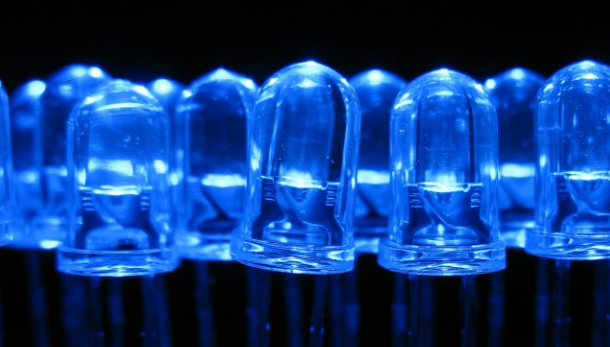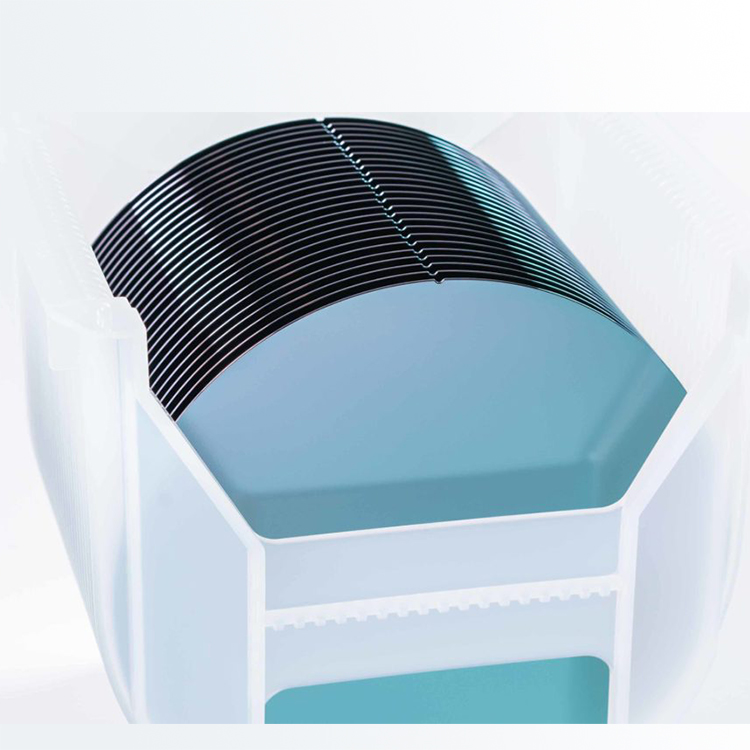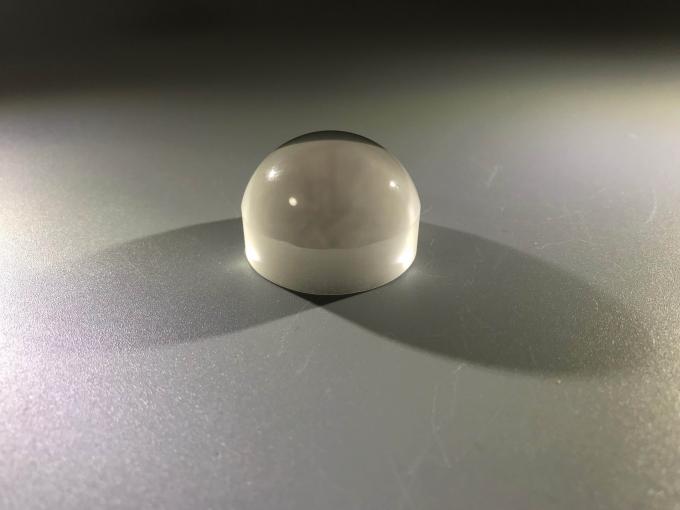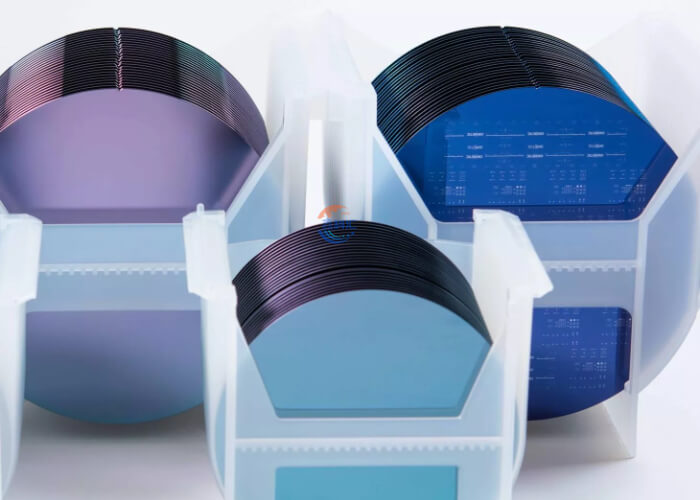The different between 4H-SEMI sic substrate and 4H-N sic substrate
what application of 4H-SEMI sic substrate?
The application of 4H-SEMI SiC substrate is extensive and crucial in various industries. This high-quality substrate offers countless possibilities for technological advancements and innovative products.
Silicon carbide is used in high power electrical appliances

Silicon carbide is used in the robotics industry
In power electronics, 4H-SEMI SiC substrate is widely used to produce high-power and high-frequency devices. Its superior electrical properties, such as high breakdown voltage and low conduction resistance, make it ideal for applications in electric vehicles, renewable energy systems, and industrial power supplies. The ability to handle high voltages and temperatures efficiently allows for the development more compact and energy-efficient devices, ultimately benefiting both manufacturers and end-users.
Moreover, the exceptional thermal conductivity of the 4H-SEMI SiC substrate makes it an excellent choice for the manufacturing of high-temperature electronic devices and modules. This property permits these devices to operate reliably in extreme conditions, making them suitable for aerospace, defense, and automotive industries. By utilizing 4H-SEMI SiC substrate, manufacturers can push the boundaries of performance and reliability in electronic systems.
Another key application of 4H-SEMI SiC substrate is in the field of optoelectronics. Its unique combination of high transmittance, high thermal conductivity, and wide energy bandgap enables the production of efficient and high-performance LEDs, lasers, and photovoltaic devices. These advancements contribute to the continued development of solid-state lighting, optical data communication, and renewable energy technologies.
In summary, the application of 4H-SEMI SiC substrate spans across multiple industries, including power electronics, high-temperature electronics, and optoelectronics. Its exceptional electrical, thermal, and optical properties facilitate the development of advanced devices and systems, leading to increased efficiency, reliability, and sustainability.
Note: Please let me know if you require any further assistance or if there are specific aspects you would like me to focus on.
The difference between 4H-SiC and 4H-N SiC


Silicon Carbide (SiC) is a wide bandgap semiconductor material that has gained significant attention in recent years due to its exceptional electrical and thermal properties. In this article, we will explore the differences between two commonly used crystal structures of SiC – 4H-SiC and 4H-N SiC.
Crystal Structure:
Both 4H-SiC and 4H-N SiC refer to different arrangements of silicon and carbon atoms in the crystal lattice. The “H” in their names stands for hexagonal, indicating the crystal symmetry. The number “4” represents the number of Si-C bilayers present in a unit cell.
Dopant:
The key difference between 4H-SiC and 4H-N SiC lies in the presence of nitrogen as a dopant in 4H-N SiC. Nitrogen doping introduces additional energy levels in the bandgap of SiC, making it a suitable material for certain applications. On the other hand, 4H-SiC is not doped with nitrogen and is commonly used in its intrinsic form.
Electrical Properties OF 4H-N sic:
The introduction of nitrogen doping in 4H-N SiC greatly influences its electrical properties. Nitrogen acts as a donor impurity, leading to the creation of additional electrons in the conduction band. This results in enhanced electron mobility and improved electrical conductivity compared to 4H-SiC.
Thermal Conductivity of4H SIC:
SiC is known for its excellent thermal conductivity, which is vital for many high-power electronic applications. Both 4H-SiC and 4H-N SiC exhibit high thermal conductivity due to the strong bonding between silicon and carbon atoms. However, nitrogen doping in 4H-N SiC can slightly affect its thermal conductivity compared to 4H-SiC. Further research is ongoing to optimize the balance between electrical and thermal properties in different SiC materials.
Applications of 4H-N sic:
Both 4H-SiC and 4H-N SiC have a wide range of applications in power electronics, including high-voltage devices, power converters, and radio frequency (RF) devices. Each crystal structure offers distinct advantages depending on the application’s specific requirements. For instance, the higher electron mobility of 4H-N SiC makes it suitable for high-power and high-frequency devices, while 4H-SiC is often preferred for lower-power applications.
In conclusion, 4H-SiC and 4H-N SiC are two crystal structures of silicon carbide that differ in terms of dopant (nitrogen) presence, electrical properties, thermal conductivity, and applications. Understanding these differences is crucial for selecting the appropriate SiC material for specific electronic and power applications.



















